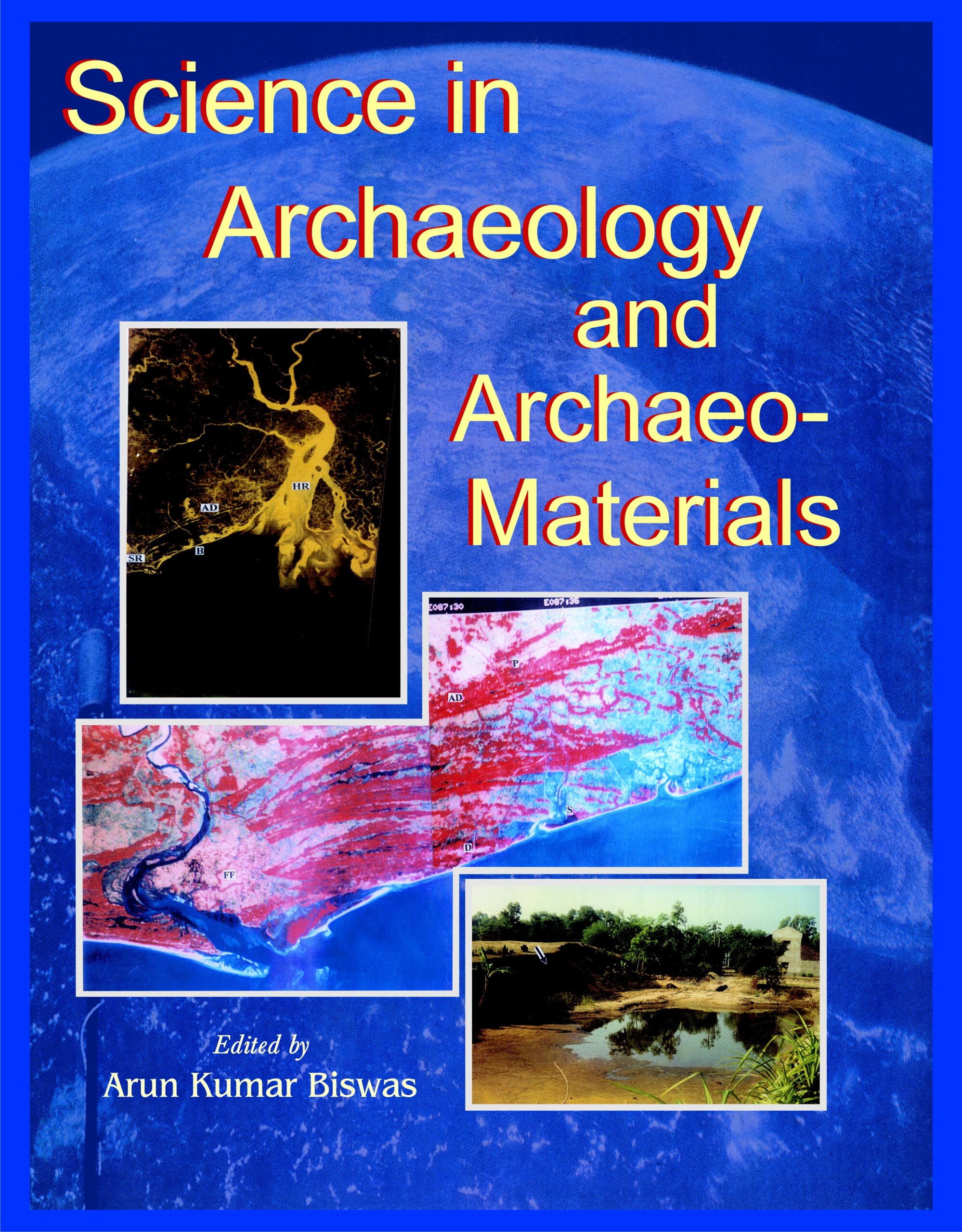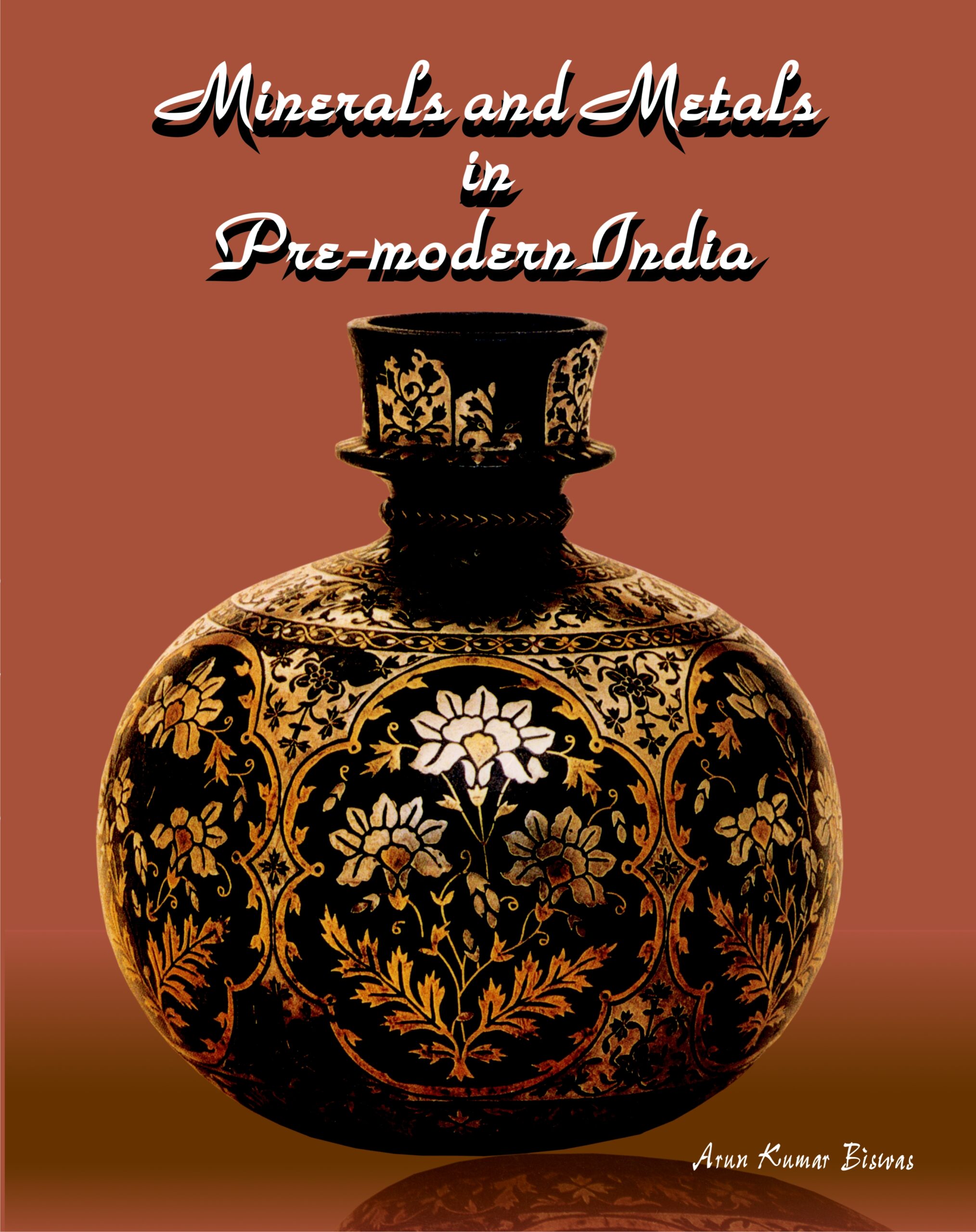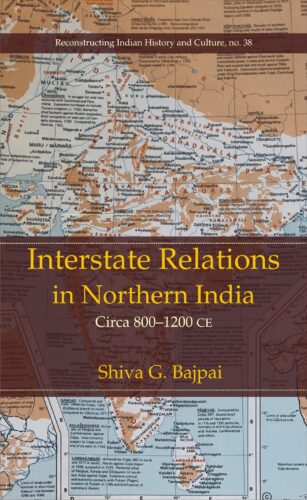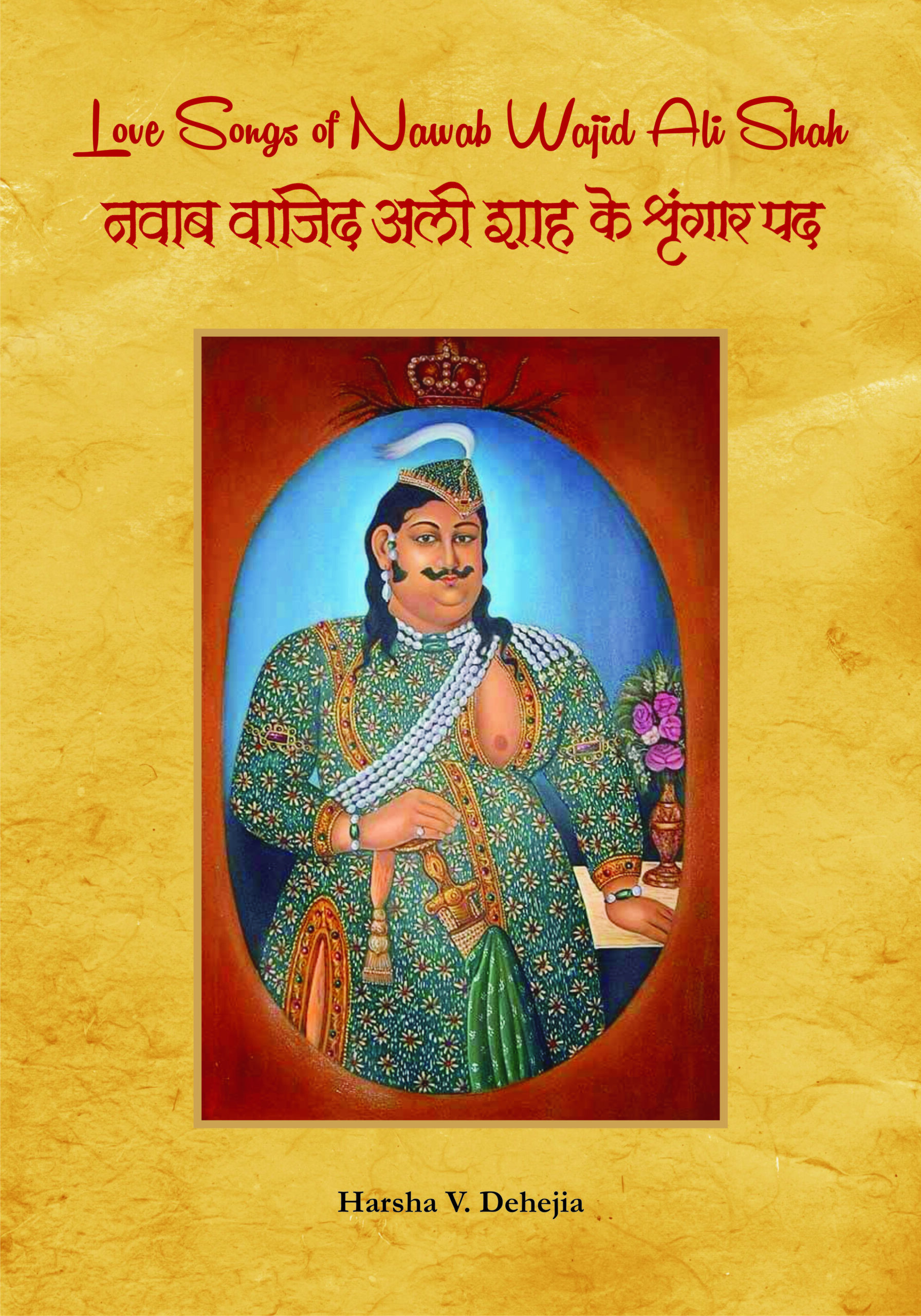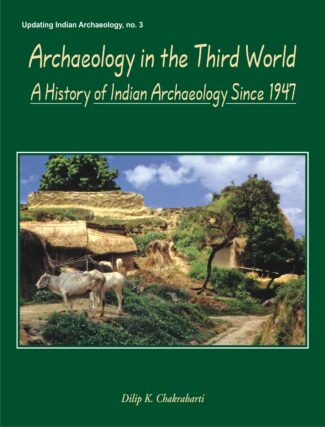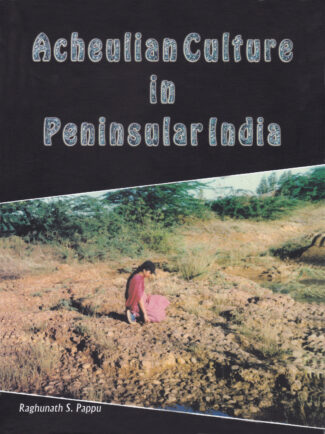

Minerals and Metals ...
Minerals and Metals in Pre-Modern India
by: Arun Kumar BiswasProfessor Biswas examines the fascinating indigenous gems, non-gem minerals, metals and metallic art of India from ad 1200 onwards to almost the threshold of modern times, focusing on iron and steel, brass and zinc in pre-modern India and the superb vitality of its artisans tradition.
Original price was: ₹1,200.00.₹1,080.00Current price is: ₹1,080.00.
ISBN: 9788124601839
Year Of Publication: 2001
Edition: 1st
Pages : xi; 228
Bibliographic Details : 39 B/w & coloured photos; Figures; Bibliography; Index
Language : English
Binding : Hardcover
Publisher: D.K. Printworld Pvt. Ltd.
Size: 29 cm.
Weight: 1100
A Sequel to his widely acclaimed Minerals and Metals in Ancient India, in two volumes, (1996), Professor Biswas here continues with the fascinating story of indigenous gems, non-gem minerals, metals and metallic art : from 1200 ad onwards to almost the threshold of modern times. Like its predecessor, this volume too is sponsored by the Indian National Science Academy (INSA), New Delhi. Beginning with a view of medieval India’s enchanting gems, its highly dexterous diamond mining, and an array of non-gem minerals including, among others, metallic ores of copper, lead, zinc, ferrocobaltite, aluminium, and even building stones, the book offers a focussed study of iron and steel, brass and zinc in pre-modern India with coherent descriptions of the diversities of ores processed, smelting techniques, wootz-making and other products in different parts of the subcontinent. A painstakingly researched work based on foreigners travelouges and many other sources, the book re-explores the achievements of indigenous industries of the day, highlighting how, for about two millennia since the Lothal and Atranjikhera eras, India commanded primacy in zinc and brass; how its zinc smelting and distillation technology were transferred to the West, like the Chinese technologies of paper and gunpowder; and how its artisans could work marvels in metal. The author examines, in retrospect, Indian traditions of metallic works, which are vividly exemplified in its arts of enamelling, encrustation, jewel-setting, brass and high zinc Bidriware, and much else. Concludingly, Professor Biswas also goes into the causes that spelt decline of the Indian industries and the superb vitality of its artisans tradition.
Preface
Abstracts of the Reviews on Minerals and Metals in Ancient India Vols. I & II by Prof. Arun Kumar Biswas and Dr. (Mrs.) Sulekha Biswas
Acknowledgements
1. Introduction
2. Gem Minerals in Pre-Modern India
Travellers Accounts of Indian Gems
The Gem Treasury of the Moghuls
Discussions on Specific Gem Minerals
Diamond
Ancient Diamond Works in the Godavari-Krishna-Penner Valleys — The Ancient Diamon Mines of Bengal-Bihar-Orissa — Sambalpur District Diamonds
Diamond in Central India
The Decline in the Diamond Trade
Concluding Remarks
3. Non Gem Minerals in Pre-Modern India
Salt in India
Salt Reserves in Punjab
Alkaline Salt, Reh in India
Saltpetre in India
Mining and Smelting of Metallic Ores in Pre-Modern India
Copper Ore Mining
Mining and Metallurgy in Khetri Copper Belt
Sehta or Ferro-Cobaltite in Khetri Copper Mines
Sulphates of Copper, Aluminium and Iron
Zinc in Medieval India
Lead in Medieval India
Gold in Pre-Modern India
Gold from Alluvial Washings
Building Stones
Iron Ores in Indian Antiquity
Concluding Remarks
4. Iron and Steel in Pre-Modern India — A Critical Review
Introduction
Iron and Steel in Medieval India
The Eighteenth-Nineteenth Century Scenario: Diversities
Pre-Modern Iron Technology in Southern India
Iron in the Pre-Modern Central India
Pre-Modern Iron in Eastern India
Iron in Pre-Modern Gujarat Area
Replication Experiments and Theoretical Studies on Pre-Modern Technologies
The Charcoal Crisis and the Atrophy of the Indigenous Industries
Iron-Carbon Alloys in India
Wootz, a Crucible Steel of India
South Indian Processes
The Hyderabad or Deccani Process
Recent Investigations by Lowe
Carburised Iron to Malleable Steel
Different Types of Enterprises
Tribal Household Industry — Market-Oriented Craft Groups — Protocapitalist Enterprises
Stangnation to Extinction: Reasons
5. Brass and Zinc in Pre-Modern India
Brass before the Discovery of Zinc
Zinc Metal and High-Zinc Brass
Mining Archaeology and Smelting Related to Indian Zinc Ore
Brass and Zinc in Ancient India
Literary Evidences on Zinc and Brass in Acient India
The Earliest Literary reference to Zinc Metal — Nagarjunas Date
Pre-Muslim Era Tradition at Zawar
Discovery of the Medieval Zinc Smelting Outfit
Ancient Retorts and Furnances at Zawar
An Outline of the Medieval Process
Phase Studies on Zawar Slags at IIT, Kanpur
Scenario — Fourteenth Century Onwards
Technology Transfer to the West
6. Bidri and Other Art Works in Pre-Modern India
Replication Experiments and Chemical Hypothesis
History of the Art Tradition
Without Steam or Machinery
Tin-Coating of Metallic Utensils
Gold and Silver Wares
Purification and Recovery of Precious Metals
Minakari or the Art of Enamelling
Encrusted and Damascened Wares
Concluding Remarks
7. Concluding Remarks
Why did the Indigenous Industries Collapse?
Plates
Bibliography
Index



